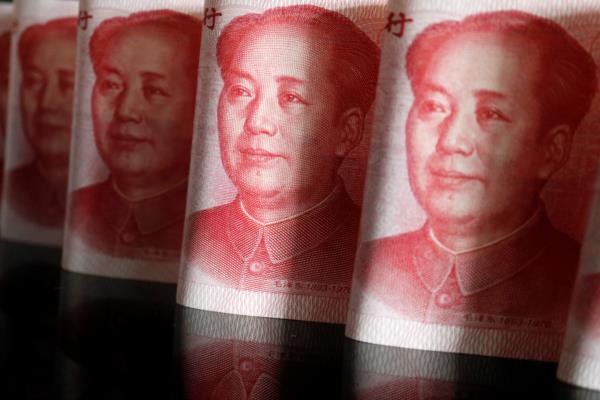
China's economic recovery continued to face challenges as 2023 saw the country's bank lending reach record highs. Despite this significant increase in lending, the Chinese economy still struggled to regain its pre-pandemic strength.
According to recent data released by the People's Bank of China (PBOC), total new yuan loans in 2023 reached a staggering 26.7 trillion yuan ($4.2 trillion), exceeding the previous record set in 2022. This surge in lending was primarily driven by the government's efforts to stimulate economic growth and support businesses affected by the lingering impacts of the COVID-19 pandemic.
The Chinese government implemented a series of measures to boost lending, including targeted cuts to banks' reserve requirements and interest rates. These policies were aimed at encouraging financial institutions to lend more to businesses and individuals, which in turn, was expected to spur investment, consumption, and overall economic activity.
However, despite the unprecedented level of bank lending, China's economy continued to face underlying obstacles. The country's growth rate slowed in 2023, with GDP expanding at a rate of 5.8%, down from the previous year's 7.9%. This significant deceleration reflected the ongoing challenges in sectors such as real estate, manufacturing, and global supply chain disruptions.
One of the key concerns surrounding China's economic landscape is the rising levels of debt. As banks ramped up lending, the government was closely monitoring the potential risks associated with a surge in non-performing loans. Encouragingly, the ratio of non-performing loans remained relatively stable in 2023, suggesting that banks were effectively managing credit risks.
Another factor contributing to the struggles of China's economy is the persistent weakness in consumer spending. Despite efforts to boost consumption through various means, such as cash handouts and discount campaigns, Chinese consumers remained cautious about their spending due to uncertainties in the job market and income stability.
Additionally, the property market, a crucial driver of China's economic growth, faced headwinds as measures to curb speculative buying and control mounting housing prices were enforced. These measures resulted in a cooling of the real estate sector and dampened investment in the construction industry.
Looking ahead, Chinese policymakers face the challenge of striking a delicate balance between maintaining financial stability and supporting economic growth. The government's efforts to rein in financial risks, including tightening regulations in the highly leveraged sectors, such as real estate and technology, will be crucial for achieving long-term sustainability.
Moreover, policymakers must continue to explore ways to boost domestic consumption and reduce reliance on exports. Stimulating household income growth, improving social welfare, and fostering innovation and entrepreneurship are some of the measures that can encourage Chinese consumers to spend more, thereby driving domestic demand.
While China's bank lending reaching record highs in 2023 indicates the government's commitment to supporting the economy, it also highlights the persistent challenges that the country faces in its post-pandemic recovery journey. It is evident that a comprehensive and balanced approach, including structural reforms and prudent economic management, will be important in regaining sustainable growth and securing the future stability of China's economy.







